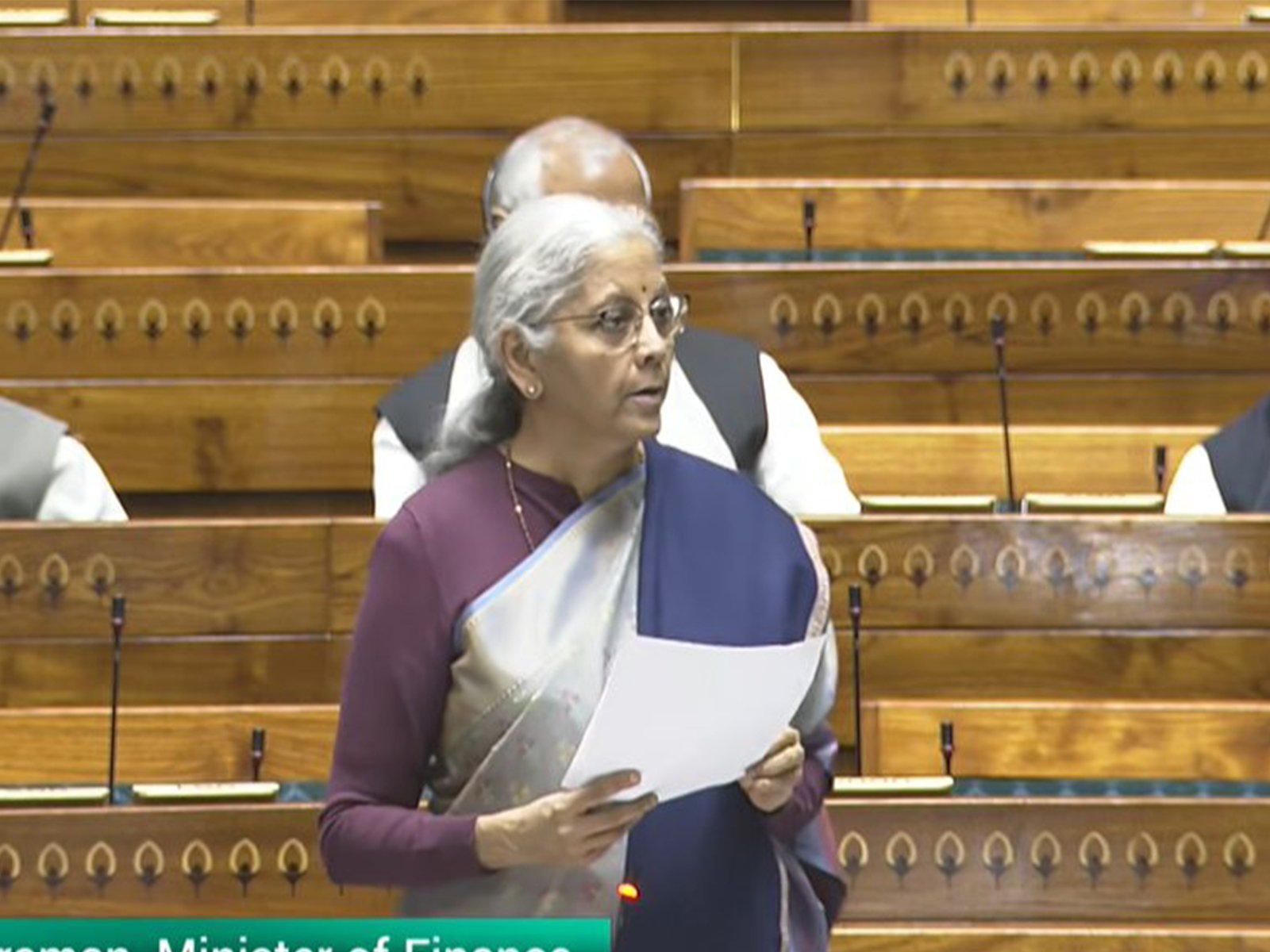- In May 2025, Japan passed a key law called the Act on the Promotion of Research, Development and Utilisation of Artificial Intelligence-Related Technologies.
- Japan’s clear goal is to make AI the basis for its economic growth and digital leadership.
- This law shows a different way of thinking compared to other major global approaches to AI.
What is Japan’s Unique Approach to AI Regulation?
- While regions like the European Union (EU) are moving towards strict, risk-based AI rules, Japan’s law chooses a path of cooperation and voluntary responsibility.
- Contrast with EU’s AI Act, 2024:
- The EU focuses on strict rules and enforcement.
- Classifies AI into different risk levels (“Unacceptable” to “Minimal”).
- Places legally binding obligations on AI developers, especially for high-risk uses (e.g., health, education, law enforcement).
- Penalties for not following rules are high.
- Japan focuses on enabling innovation and cooperation.
- Does not create binding rules or define risk categories.
- Avoids creating strict enforcement systems.
- The EU focuses on strict rules and enforcement.
- Japan’s Structure:
- Creates an Artificial Intelligence Strategy Headquarters under the Cabinet.
- This Headquarters will create and carry out a national Basic Plan for AI.
- This plan covers everything from basic research to putting AI into use in industries, international cooperation, and public education.
What are the Core Principles and Strengths of Japan’s Model?
- Focus on Development: The law sees AI as crucial for societal development, economic growth, government efficiency, and national security.
- Government’s Role: The state takes responsibility for:
- Helping with AI research.
- Creating shared infrastructure for AI.
- Supporting workforce development (training people for AI jobs).
- Ensuring transparency and ethical behavior in using AI.
- Cooperative Roles:
- Local governments, universities, research bodies, businesses, and even the public are given roles to cooperate under the new law’s basic principles.
- Guidelines, Not Hard Rules:
- Article 13 of the Act states the government’s duty to create guidelines that follow international standards and prevent harm like misuse, privacy breaches, or intellectual property violations.
- However, it does not create strict laws or penalties.
- Strengths of the New Rules:
- No “Chilling Effect”: Avoids slowing down AI development that often comes with too many rules.
- Innovation-First Ecosystem: Promotes an environment where AI can grow in all sectors (government and private) without early legal or bureaucratic hurdles.
- Facilitator, Not Regulator: Signals that the government aims to help AI grow, not just control it.
International Alignment and Other Global Models
|
What are the Challenges Associated with Japan’s AI Approach?
- Japan’s AI law relies on voluntary compliance and lacks strict rules or penalties.
- This can lead to harmful or unethical AI use being ignored, especially in sensitive areas like healthcare or defense.
- Without enforcement, public trust may weaken and victims may not get proper help.
- It is unclear who is responsible when AI causes problems, as the law does not clearly assign liability.
- People may lose confidence in AI protections if high-profile issues arise and guidelines seem weak.
- Transparency and clear remedies are important but hard to ensure without strong enforcement.
- Japan’s soft approach differs from stricter global models like the EU’s risk-based rules.
- Japan may face pressure to adopt tougher laws to keep up with international AI governance standards.
Way Forward
- Introduce clear rules and penalties to report and fix AI harms, especially in sensitive areas like healthcare and defense.
- Define who is responsible when AI causes problems, with clear legal duties for developers and users.
- Require transparency in AI decisions and provide easy ways for people to seek help if harmed.
- Balance innovation with safety limits that follow international standards to protect citizens without stopping progress.
- Increase cooperation with global AI groups to align Japan’s laws with international rules and lead in AI governance.
India’s AI Revolution: A Roadmap to Viksit Bharat
Advancing AI with Open Data and Centres of Excellence (CoE)
India’s AI Models & Language Technologies
|
| Ensure IAS Mains Question: Q. Discuss India’s balanced approach towards AI regulation in the context of promoting innovation and addressing ethical concerns. What steps should India take to ensure global leadership in AI while safeguarding public trust and accountability? (250 Words) |
| Ensure IAS MCQ: Q. With reference to India’s AI initiatives, consider the following statements:
Which of the statements given above is/are correct?
Answer: C Explanation:
Thus, option C is correct. |




